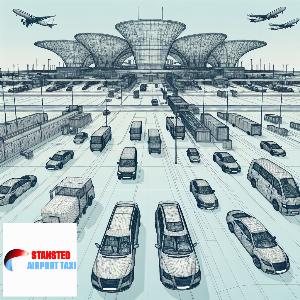Stansted AirportA Brief History

Construction of Stansted Airport
Stansted Airport, located in Essex, England, has a rich history that dates back to World War II. Originally, it was a Royal Air Force base used for bomber missions. Post-war, it was used for surplus military storage until 1949 when it was decommissioned. The airport's modern history began in the 1960s when it was chosen as the third major airport for London. The construction of the current terminal building, designed by renowned architect Sir Norman Foster, began in 1986 and was completed in 1991. The design was revolutionary, featuring a "floating" roof and extensive use of glass, which provided an open, airy feel. The airport has since undergone several expansions to accommodate increasing passenger numbers. Today, Stansted Airport serves over 28 million passengers annually, making it the fourth busiest airport in the UK. Its construction and development have played a significant role in shaping the region's economy and transportation infrastructure.
Stansted Airport during World War II
During World War II, Stansted Airport played a significant role as a base for the Royal Air Force. Originally known as RAF Stansted Mountfitchet, it was used as a maintenance and storage site for aircraft. The airport was home to various bomber squadrons, including the famous Lancaster Bombers, which were instrumental in the strategic bombing of Germany. The airport also served as a launching site for night-time raids. Post-war, the airport was used for housing German prisoners of war before being decommissioned and returned to civil use. The war years left an indelible mark on Stansted, shaping its future as a significant hub for international travel. Today, the airport stands as a testament to its rich history, having evolved from a wartime base to one of the UK's busiest airports.
Post-war Development of Stansted Airport
Stansted Airport, located in Essex, England, has a rich history that dates back to World War II. However, it was the post-war development that truly shaped it into the international hub it is today. After the war, the airport was used by the government for maintenance work and storage. It wasn't until 1949 that it was officially designated as a civilian airport. The 1960s marked a significant turning point for Stansted, as the British Airports Authority took over its management. This led to a series of expansions and improvements, including the construction of a new terminal building and runway. The airport's development continued into the 1980s and 1990s, with the addition of more facilities and services to accommodate the growing number of passengers. Today, Stansted Airport is the fourth busiest airport in the UK, serving over 28 million passengers annually. Its post-war development has truly transformed it into a key player in the global aviation industry.
Stansted Airport in the 21st Century
Stansted Airport, located in Essex, England, has seen significant growth and development in the 21st century. It is now the fourth busiest airport in the UK, serving over 28 million passengers annually. The airport has undergone several expansions to accommodate the increasing passenger traffic, including the construction of a new terminal building in 2008. The 21st century has also seen the introduction of several new airlines and routes, making Stansted a key hub for low-cost European travel. Despite the challenges posed by the global pandemic, the airport has continued to adapt and innovate, implementing stringent health and safety measures to ensure passenger safety. As we move further into the 21st century, Stansted Airport continues to play a crucial role in the UK's aviation industry, connecting the country to destinations across the globe.
Stansted Airport's Role in the UK Aviation Industry
Stansted Airport, located in Essex, England, plays a significant role in the UK aviation industry. Since its inception during World War II as a base for the Royal Air Force, it has grown into the fourth busiest airport in the UK, serving over 28 million passengers annually. Stansted is a key hub for several major European low-cost carriers, including Ryanair and easyJet, contributing significantly to the democratization of air travel. It also serves as a vital cargo airport, handling over 250,000 tonnes of freight each year, making it the third busiest airport in the UK in terms of cargo traffic. Furthermore, Stansted's single runway design, while limiting its capacity, has been instrumental in its development as a hub for low-cost airlines. Overall, Stansted Airport's strategic location, focus on low-cost carriers, and significant cargo operations make it an essential part of the UK's aviation infrastructure.
Stansted Airport's Expansion Controversies
Stansted Airport, located in Essex, England, has a rich history that is not without its share of controversies, particularly concerning its expansion. The airport, which began operations in 1943, has grown significantly over the years, becoming the fourth busiest airport in the UK. However, its expansion plans have often been met with resistance from local residents and environmental groups. They argue that the expansion would lead to increased noise pollution, disruption of local communities, and significant environmental damage. In 2018, the airport received approval to increase its passenger capacity from 35 million to 43 million per year, a decision that was met with widespread protests. Despite these controversies, Stansted Airport continues to play a crucial role in the UK's aviation industry, serving as a hub for several major airlines and offering flights to over 200 destinations worldwide. The debate over its expansion underscores the ongoing tension between economic growth and environmental sustainability.
Environmental Impact of Stansted Airport
Stansted Airport, located in Essex, England, has a significant environmental impact. Since its inception in 1942, the airport has grown exponentially, leading to increased carbon emissions, noise pollution, and habitat disruption. The airport's expansion has led to the destruction of natural habitats, impacting local wildlife. The increase in flights contributes to high levels of noise pollution, affecting the quality of life for local residents. Moreover, the carbon emissions from the thousands of flights each year contribute to global warming. Despite these environmental concerns, Stansted Airport has taken steps to mitigate its impact. It has implemented measures such as efficient energy use, waste management, and noise reduction strategies. However, the ongoing expansion plans continue to raise environmental concerns. The history of Stansted Airport is a stark reminder of the environmental cost of air travel, highlighting the need for sustainable practices in the aviation industry.
Stansted Airport's Architectural Significance
Stansted Airport, located in Essex, England, is not just a hub for international travel but also a significant architectural marvel. Designed by the renowned architect Sir Norman Foster, the airport's terminal building is a testament to modern design and engineering. Opened in 1991, the building's unique "floating" roof, supported by a "forest" of thin columns, is a striking feature that sets it apart from traditional airport designs. The use of natural light, facilitated by the extensive use of glass, creates a sense of openness and space. The layout of the terminal, with its emphasis on simplicity and efficiency, reflects Foster's philosophy of "doing more with less". The Stansted Airport is a prime example of high-tech architecture, combining functionality with aesthetic appeal. Its design has influenced many airport buildings worldwide, cementing its place in architectural history.
Stansted Airport's Economic Contribution
Stansted Airport, located in Essex, England, has been a significant contributor to the UK's economy since its inception. The airport, which began operations in 1943 as a bomber base during World War II, has evolved into a major hub for low-cost European carriers, handling over 28 million passengers annually. Stansted's economic contribution is multi-faceted. It directly employs over 12,000 people, contributing to local employment and economic stability. The airport also indirectly supports thousands of additional jobs in the tourism and hospitality sectors. Moreover, Stansted plays a crucial role in facilitating trade. It is the third-largest freight airport in the UK, handling over 250,000 tonnes of imported and exported goods each year. This not only boosts the UK's international trade but also stimulates economic growth in the surrounding regions. In conclusion, Stansted Airport's economic contribution is significant, providing employment, supporting trade, and driving regional growth. Its continued development will undoubtedly further enhance its economic impact.
Future Plans for Stansted Airport
Stansted Airport, one of the UK's busiest airports, has a rich history and ambitious future plans. Since its inception in 1942 as a bomber base during World War II, it has evolved into a major hub for low-cost European carriers. The airport, now owned by Manchester Airports Group, has seen significant growth over the years, serving over 28 million passengers in 2019. Looking ahead, Stansted Airport has unveiled a £600 million investment plan to transform its facilities by 2030. The plan includes a new arrivals terminal, upgrades to the existing terminal, and improvements to transport links. The airport also aims to increase its annual passenger capacity from 35 million to 43 million, while ensuring minimal environmental impact. This expansion is expected to create thousands of jobs and boost the local economy. Despite facing challenges due to the COVID-19 pandemic, Stansted Airport remains committed to its future vision, promising a new era of growth and development.
Our Latest Blog Posts
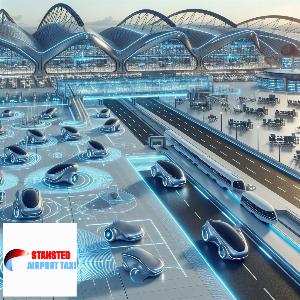
Stansted Airport: A Guide to the Performance Improvement Process
Stansted Airport continuously enhances its performance through a systematic process. This involves regular assessment of operations, identifying areas for improvement, implementing changes, and mon ...

The Role of Stansted Airport in Conflict Resolution
Stansted Airport plays a crucial role in conflict resolution by facilitating diplomatic travels. It serves as a neutral meeting ground for international negotiations, aiding in the peaceful resolut ...
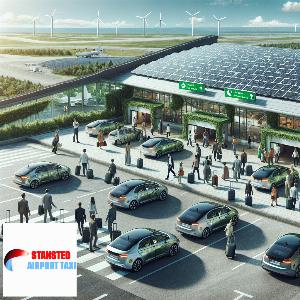
The Role of Stansted Airport in Eco-Tourism
Stansted Airport plays a pivotal role in eco-tourism, promoting sustainable travel by implementing green initiatives. It reduces carbon emissions, encourages recycling, and supports local biodivers ...

Stansted Airport: A Guide to the Deboarding Process
Stansted Airport ensures a smooth deboarding process for passengers. Clear signage guides you to immigration, baggage claim, and customs. Services like car rentals, hotels, and public transport are ...

The Impact of Airline Adaptability on Stansted Airport
The adaptability of airlines at Stansted Airport has significantly impacted its operations. Enhanced flexibility has improved flight schedules, increased passenger capacity, and boosted revenue, po ...
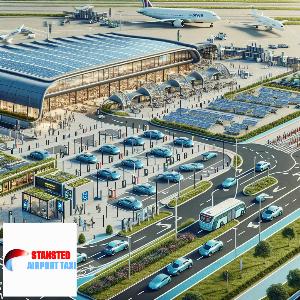
The Role of Stansted Airport in Sustainable Transport
Stansted Airport plays a crucial role in sustainable transport, promoting eco-friendly practices. It encourages airlines to use modern, fuel-efficient aircrafts, supports public transport use for p ...

Stansted AirportA Guide to Duty-Free Shopping
Stansted Airport offers a delightful duty-free shopping experience. With a wide range of luxury brands, high-street favourites, and local products, it's a shopper's paradise. Enjoy tax-free prices o ...
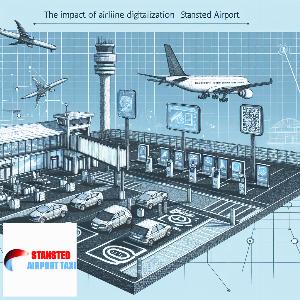
The Impact of Airline Digitalization on Stansted Airport
Digitalization in airlines has significantly impacted Stansted Airport, enhancing operational efficiency and customer experience. It has streamlined processes, reduced waiting times, and improved b ...
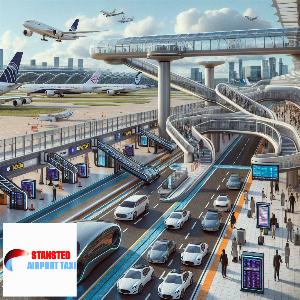
The Impact of Airline Deregulation on Stansted Airport
Airline deregulation has significantly impacted Stansted Airport, leading to increased competition, lower fares, and a surge in passenger traffic. However, it also brought challenges like overcrowd ...
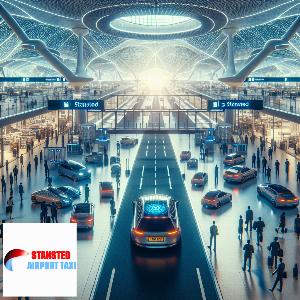
Stansted Airport: A Guide to the Evaluation Process
Stansted Airport's evaluation process is a comprehensive system ensuring optimal efficiency and safety. It involves rigorous checks on infrastructure, services, and security measures, providing pas ...

Stansted AirportA Hub for Low-Cost Airlines
Stansted Airport, located in Essex, England, serves as a significant hub for numerous low-cost airlines. It offers affordable travel options, making global exploration accessible for budget-consciou ...
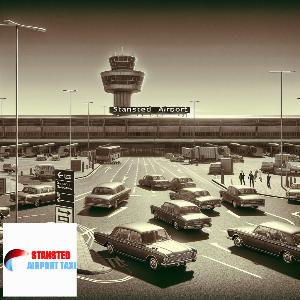
Stansted Airport: A Guide to the Grievance Process
Navigating the grievance process at Stansted Airport can be daunting. This guide provides essential information on how to lodge complaints, seek resolution, and understand your rights as a passenge ...

Stansted Airport: A Guide to the Performance Management Process
Stansted Airport's performance management process is a systematic approach to improve services. It involves setting performance goals, monitoring progress, providing feedback, and implementing impr ...
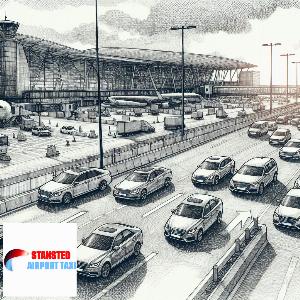
The Impact of Brexit on Stansted Airport
Brexit's impact on Stansted Airport has been significant, with reduced passenger traffic and uncertainties around regulations. The airport faces challenges in maintaining its operational efficiency ...
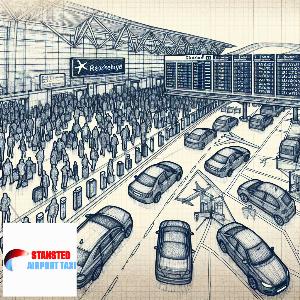
The Impact of Airline Delays on Stansted Airport
Airline delays at Stansted Airport significantly impact passenger satisfaction, disrupt flight schedules, and potentially harm the airport's reputation. These delays also lead to increased operatio ...
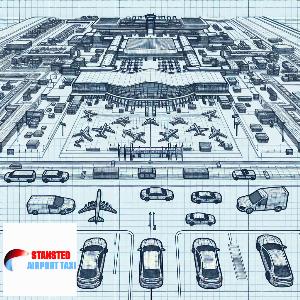
Stansted Airport: A Guide to the Consultation Process
Stansted Airport's consultation process is a crucial step in its expansion plans. It involves engaging stakeholders, addressing environmental concerns, and seeking public opinion to ensure sustaina ...
Blogs Pages
Stansted Airport: A Guide to the Change Management Process

Blog about Stansted Airport: A Guide to the Change Management Process...
Stansted AirportA Guide to the Arrival Process
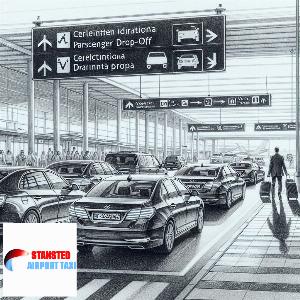
Blog about Stansted AirportA Guide to the Arrival Process...
The Role of Stansted Airport in Peacekeeping Operations

Blog about The Role of Stansted Airport in Peacekeeping Operations...
The Impact of Airline Evolution on Stansted Airport
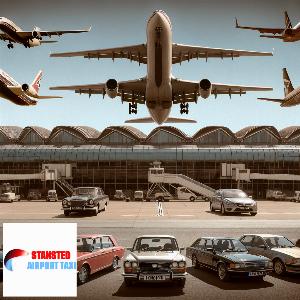
Blog about The Impact of Airline Evolution on Stansted Airport...
The Impact of Airline Diversification on Stansted Airport

Blog about The Impact of Airline Diversification on Stansted Airport...
Stansted Airport: A Guide to the Recruitment Process
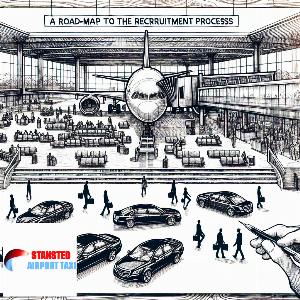
Blog about Stansted Airport: A Guide to the Recruitment Process...
Stansted Airport: A Guide to the Disciplinary Process
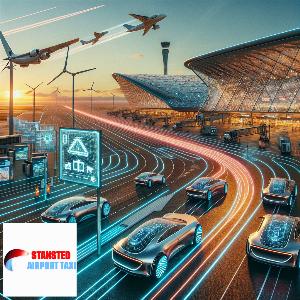
Blog about Stansted Airport: A Guide to the Disciplinary Process...
Stansted Airport: A Guide to the Operational Excellence Process
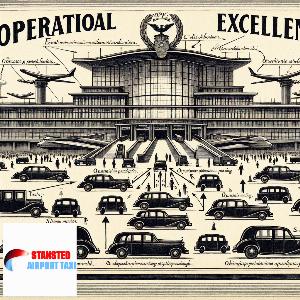
Blog about Stansted Airport: A Guide to the Operational Excellence Process...

